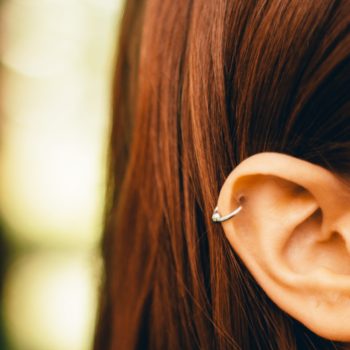Never underestimate a change in nail color. Even a small stain with a different tone than usual may be an initial symptom of a fungal infection of the nail. It is onychomycosis or nail mycosis, one of the most common dermatological disorders in the adult population. We talk about this topic with Alessandra Narcisi, a Humanitas dermatologist.
Children are less affected
In addition to skin or hair, fingernails of the hands and feet can also be affected by pathogenic microorganisms. Toe nails are more exposed to the risk of fungal colonization. This is because the feet spend many hours inside shoes and the high temperatures, humidity, and sweat are all factors that favor the onset of infection. Furthermore, nail mycosis can be the evolution of a dermatological disorder known as athlete’s foot, which is a mycosis that affects the skin of the feet.
Onychomycosis is more common in adulthood and very infrequent in children and can easily be detected by clinical observation of the affected subject. The fungus can grow under and around the fingernails of the feet or hands and cause changes in shape and color of these structures. Due to a fungal infection, the nail can become more fragile or thicker, its foil can flake off, become more opaque, lose its typical shine, may have yellow or whitish streaks or change color and assume shades on brown or green. It can also be lifted up from its own nail bed, even sideways.
When these symptoms are accompanied by pain or expulsion of pus it is even more urgent to consult your doctor. The dermatologist will be able to recognize the infection by closely observing the affected nail or nails.
Drug therapy
The dermatologist will prescribe the most appropriate treatment based on antifungal drugs and it is important to scrupulously follow the pharmacological therapy in order to ensure a resolution of the fungal infection. Over the course of a few months, nail tissues will be replaced by healthy ones: “Treatments for onychomycosis – explains Dr. Narcisi – are based on topical or oral anti-fungal agents depending on how many nails are affected by the infection and the type of micro-organism involved, diagnosed by a direct and cultured examination of the infected nail. Both treatments must be prolonged in time because the nail growth time is very long (about six months).
Will the treatment also include cutting the nail and removing the accumulated material below to reduce the presence of the fungus? Obviously, cutting the nail can be useful, as well as filing the nail if it is thickened. There is no indication that the material accumulated under the nail will be removed.
Wear slippers at the edge of the pool
Prevention is essential to avoid fungi and maintain the wellbeing of hands and feet. For those who attend shared environments such as saunas, swimming pools, locker rooms in sports centers or gyms, the risk of onychomycosis is around the corner. It is essential to protect yourself, for example by not walking barefoot or taking a shower without slippers. After prolonged contact with water, it is essential to dry hands and feet well, without neglecting interdigital spaces.
Still, it is recommended not to share manicure or pedicure tools: onychomycosis is contagious. When you cut your nails, do not remove the skin that surrounds your blades; keeping them short reduces the chances of microorganisms penetrating under your fingernail. Additionally, take care of footwear. Do not wear them for too long and take advantage of the months in which it is warmer to wear open shoes because this will reduce skin exposure to heat and moisture.
The patient should always be reminded that healthy nails are difficult to infect – adds the specialist. In fact, dystrophic nails, or weakened nails, are often susceptible to infection. This happens in the elderly, but also in young people who have lifestyles that traumatize nails like those who are forced to use safety shoes or high heels. Another category at risk are athletes, both amateurs and professionals, and in particular dancers “.
The advice we can give is to avoid the continuous trauma of nails as much as possible, when you’re out of work or not practicing the sport in question and always try to perform a correct pedicure by avoiding cutting the nails too short or leaving them too long. We should also remember that problems of posture or conformation of the foot (such as valgus toe), as well as vascular problems, can predispose one to nail dystrophy and onychomycosis, and in these cases you must use the help of the physiatrist and angiologist to avoid frequent relapses,” concludes the expert.










